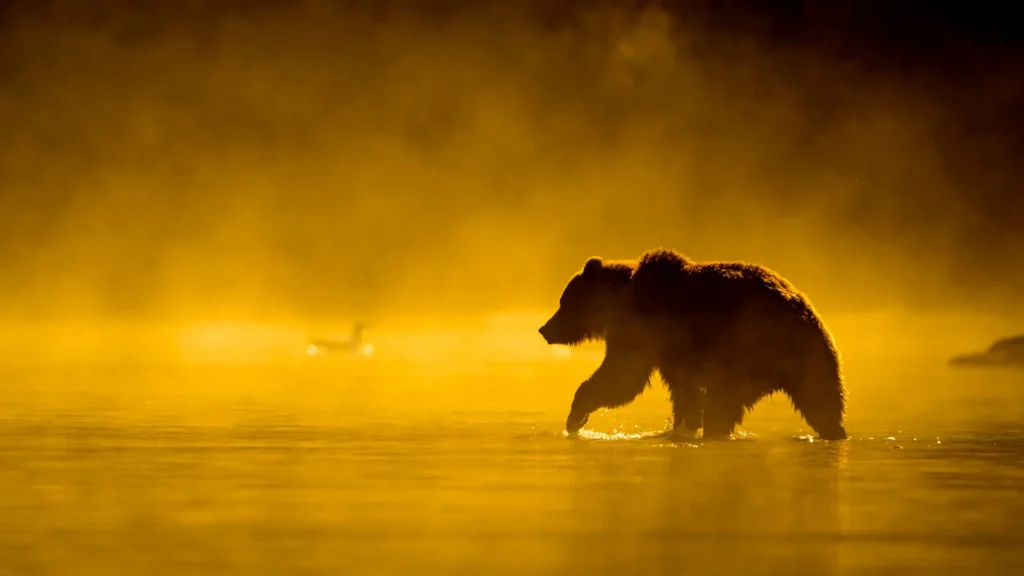From ancient Roman highways to interstellar wanderers flashing across the solar system, the science world has been buzzing again this week. Here’s a look at the stories shaping discussions across labs, observatories, and policy circles.
Roman Empire Roads: Twice as Vast as Previously Believed
Archaeologists have unveiled an updated map of the Roman Empire that reveals its road network stretched nearly 186,000 miles (300,000 km) at the civilization’s peak around A.D. 150.
Previous estimates focused largely on major highways, but researchers widened their scope to include “unnamed” routes used for trade, military supply, and local transit.
The digital atlas, available on Itiner-e, paints a clearer picture of Rome’s logistical brilliance — offering clues about commerce, troop movement, and cultural exchange across Europe, North Africa, and the Near East.
Comet 3I/ATLAS: A Celebrity in Deep Space
China’s Tianwen-1 Mars orbiter has snapped fresh images of Comet 3I/ATLAS, the third-ever interstellar visitor documented by astronomers.
The 7-mile-wide (11-km) comet has caught the imagination of stargazers as it brightens, changes color, and sheds materials while racing past the Sun.
Despite social media theories, scientists emphasize: it’s not an alien probe. But it may carry ancient chemical signatures from another star system — possibly older than our Sun.
Japan Mobilizes Military in Response to Record Bear Attacks
Japan is experiencing an unprecedented rise in attacks by brown bears and Asiatic black bears.
Authorities have confirmed at least 12 deaths this year — the highest since recordkeeping began in 2006.
Climate change is disrupting berry and nut availability, pushing bears into cities and farming regions in search of food. Compounding the issue:
Japan’s hunter population is aging
Rural communities are shrinking
To assist with logistics and trapping efforts, military units have now stepped in. Notably, soldiers will not be involved in lethal operations.
Quantum Breakthrough or Overblown Hype?
Quantum computing firm Quantinuum claims to have built the most powerful quantum processor yet: a machine dubbed Helios.
With 98 barium-ion qubits, it reportedly simulated aspects of the Fermi-Hubbard model — a theoretical stepping stone toward room-temperature superconductors.
If true, the achievement could revolutionize energy transmission. But researchers caution patience; science has seen such hype cycles before.
Climate Tipping Points: A Warning Ahead of COP30
New reports ahead of the upcoming COP30 climate summit in Brazil paint a sobering picture. Scientists warn Earth may soon exceed the 1.5°C global warming limit agreed upon in Paris back in 2015.
Potential irreversible tipping points include:
Melting polar ice sheets
Thawing permafrost releasing carbon
Amazon forest die-off
More alarming: some of these thresholds may already have been crossed. Experts maintain disaster isn’t inevitable — immediate emission cuts remain essential.
Is the AI Bubble About to Burst?
Investors are showing jitters over artificial intelligence’s profitability. Despite soaring valuations, analysts question whether current AI systems can meet their lofty promises.
Adding fuel:
OpenAI reportedly requested over $1 trillion in U.S. government loan guarantees.
“Big Short” investor Michael Burry is betting against Nvidia and Palantir.
The tension raises the possibility of a market correction reminiscent of past tech bubbles.
Second Comet ATLAS Appears as a Golden Ribbon
Not to be overshadowed by its interstellar cousin, a second comet — C/2025 K1 (ATLAS) — has drawn attention for its striking golden hue.
Astronomers suspect its dust-to-gas ratio may be responsible. Studying it could shed light on conditions in the Oort Cloud, the icy frontier at the edge of our solar system.
Stranded Chinese Astronauts After Space Junk Strike
Three Chinese astronauts (taikonauts) aboard the Tiangong space station have delayed their return after suspected space debris struck their capsule just hours before departure.
Space agencies are assessing the damage. It remains unclear when the crew can safely return to Earth.
Spider “Megacity” Discovered in Sulfur Cave
Researchers studying a cave on the Albania-Greece border found a sprawling spider colony with over 111,000 individuals woven into what may be the largest communal web ever documented.
High sulfur levels make the cave inhospitable to most species — but these spiders thrive.
Mapping a Distant World with James Webb
Scientists using the James Webb Space Telescope have created the first detailed atmospheric map of a planet over 400 light-years away by observing subtle light variations during eclipse periods.
The groundbreaking technique may offer new insights into alien weather systems.
Science Joke of the Week
Reporter: “Do you have any comment?”
Asteroid: “No comet.”
Final Thought
From crumbling ice caps to cosmic wanderers, this week’s stories highlight an ongoing theme: Earth, and the universe beyond it, never stand still. Scientists may not have answers to everything, but the discoveries keep coming — and the curiosity never stops.
Stay tuned for more developments tomorrow.

